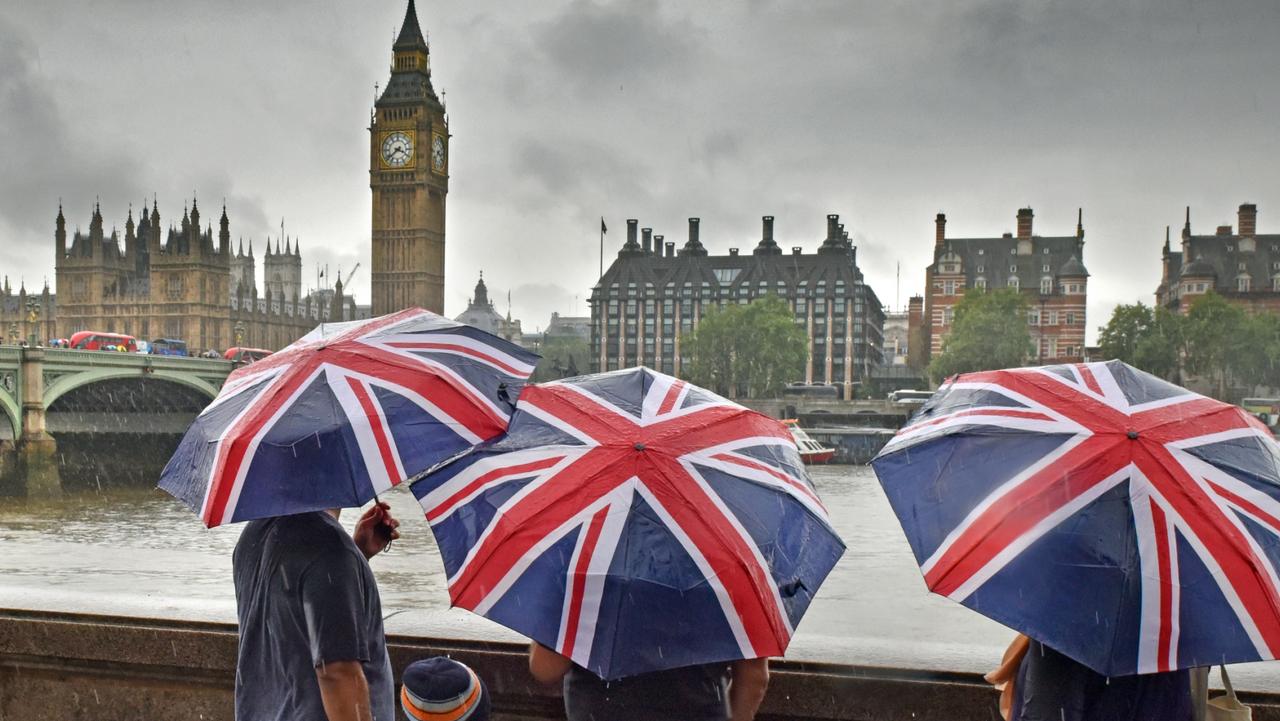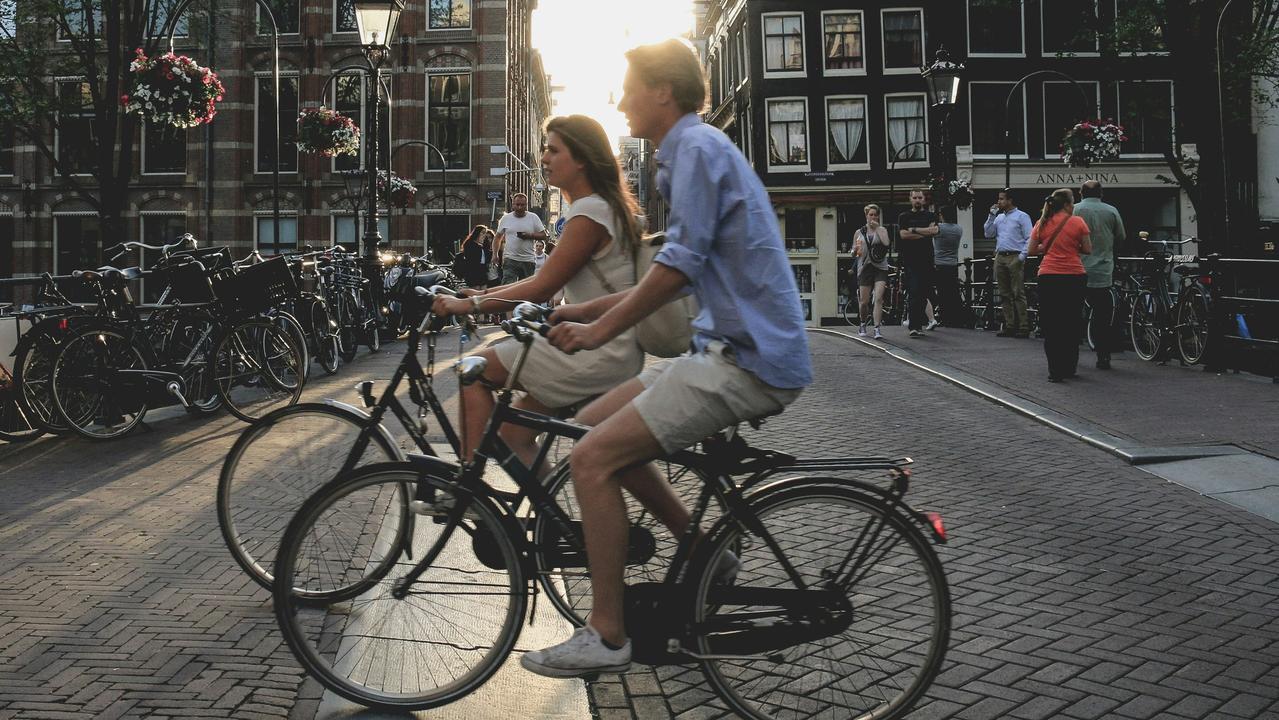Mass tourism influences huge change to way Aussies do European summer
The way Australians travel Europe for the northern summer is changing with tourists starting to “wise up” to a big problem.
The way Australians travel to Europe for the northern summer is changing in a big way.
More and more Aussies are choosing to travel in the “shoulder seasons” with both overtourism and climate change influencing the trend, industry experts say.
Over the last six months, there have been 58 per cent more flights to Europe booked through Webjet for May and June – what is considered the shoulder season – compared to the peak season in July and August, exclusive data obtained by news.com.au from the online travel giant shows.
London, Athens, Paris, Rome and Amsterdam are the top European destinations booked for May and June. The 2024 Olympic Games in Paris kick off July 26.
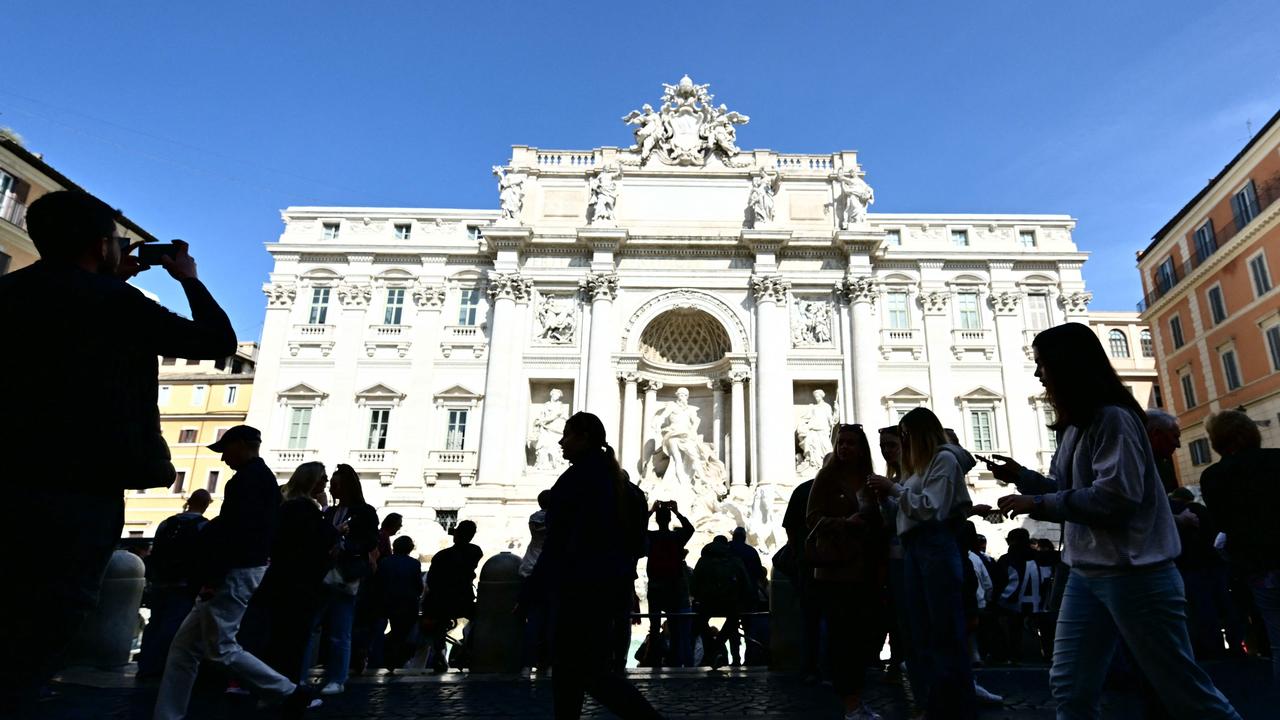
Brett Mitchell, the Australian managing director for Melbourne-based travel company Intrepid Travel, said they were seeing more Aussies “wising up to mass tourism” and choosing to travel out of peak season to avoid crowds and get a better experience.
“When tourism is not done well it does lead to overtourism, and overtourism can have insidious effects on local communities,” he told news.com.au.
“I think the biggest one is inflation. It really pushes up the price of rent, housing [and] basics like food. What that does is push people out of their local communities. People who have lived there for generations find themselves having to move and when you do that you lose your local heritage, your culture is destroyed a lot, big business moves in, and all of a sudden the beautiful part about travel, learning new cultures and the authenticity of meeting locals, all of that goes away.
“[There is also] pressure on local infrastructure and the environment. It becomes a pretty sh** experience for the traveller as well. It’s just not sustainable at the end of the day.”
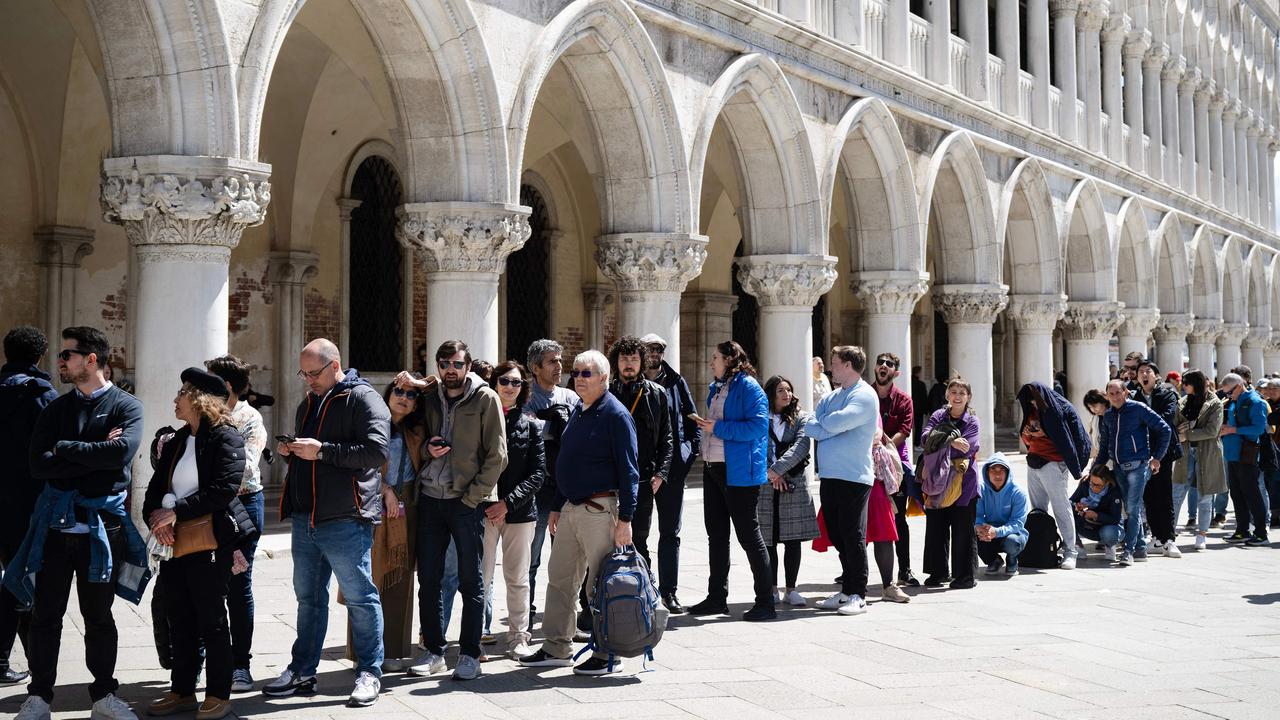
He said travellers were also consciously getting up earlier to see iconic tourist attractions without huge crowds.
Cities and smaller towns across the world are taking action against overtourism. Most recently, Venice introduced a new entry fee for day trippers and Amsterdam announced a ban on new hotels, which follows a public campaign last year dubbed “Stay Away” to deter “nuisance” tourists.
Last week, tens of thousands of people across Spain’s Canary Islands protested against the state of tourism there.
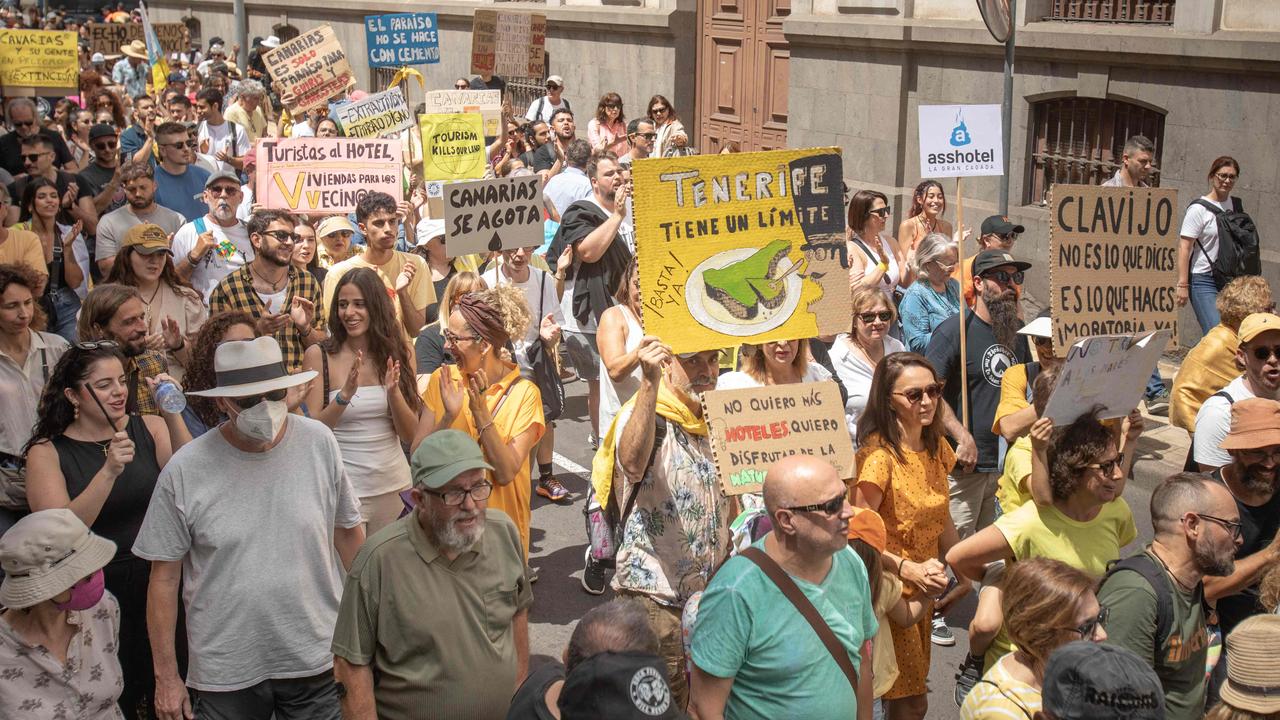
Mr Mitchell said on top of mass tourism, climate change was also influencing the way people are now travelling.
“Southern Europe is a real issue with the heat and it’s only going to get worse,” he said.
Speaking with news.com.au last season about the record-breaking heat, Intrepid Travel CEO James Thornton predicted within the next five to 10 years Aussies will be choosing to jet off to Europe for Easter and September school holidays instead of the wildly popular July and August months.
He said the extreme heat last year was uncomfortable but also disruptive with itineraries needing to be altered, and was likely an indication of what’s to come.
“I think one thing is for certain; both climate risk and tourist numbers are both rapidly rising,” he said.
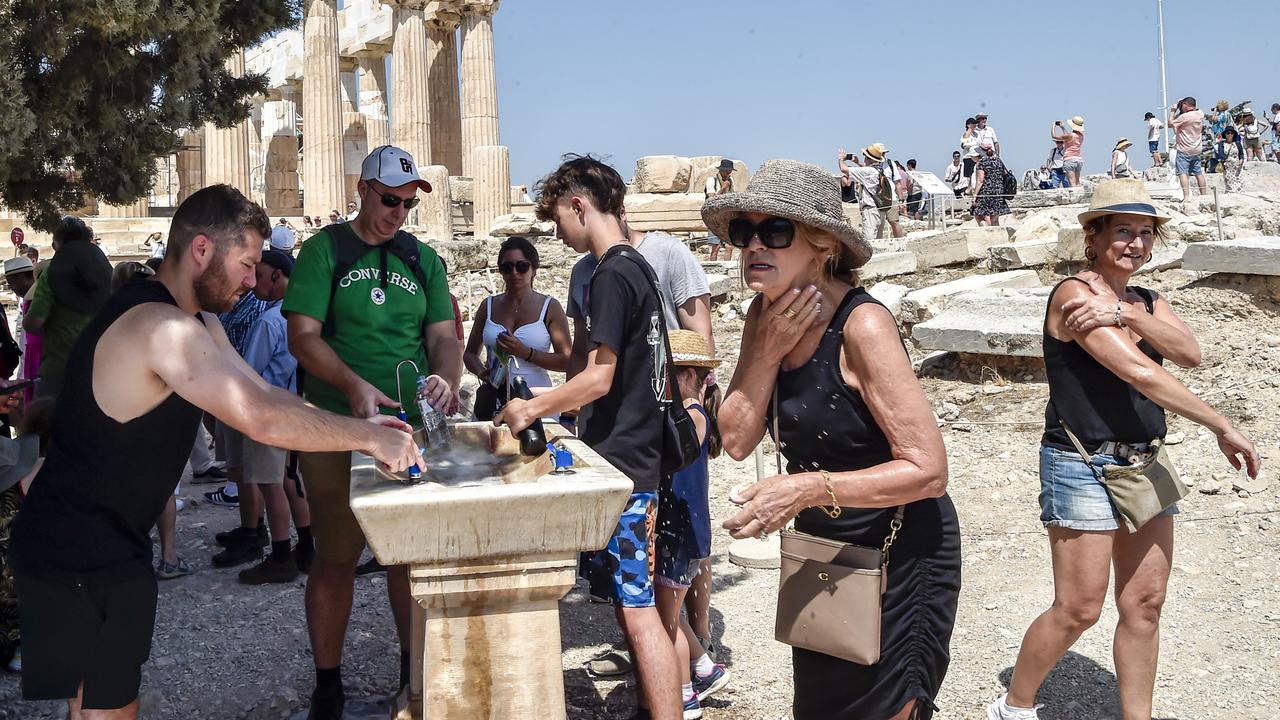
Last year Italy had the most Australian visitors since records began with 311,760 Aussies visiting the country – 19 per cent more than pre-pandemic in 2019, the Italian National Tourist Board reported.
The influx of Aussie tourists took off in July but the INTB said Australian Bureau of Statistics figures supports there is a trend emerging in shoulder season travel.
Visitor numbers in September 2023 were 18 per cent higher than September 2019, while October numbers rose to 21 per cent on the same time period.
Emanuele Attanasio, the country manager for the INTB in Australia, said the true numbers “are likely much higher given that ABS data only considers travellers who spent most of their time in Italy when travelling overseas”.
“Australians definitely do their research before heading to Italy and many choose to travel at the end of summer in September and October or just before summer in May when the weather is still warm but kids are still at school and locals are still working,” Mr Attanasio told news.com.au.
“Most working Australians have four weeks annual leave that can be taken at any given time. This is not usually the case for Europeans who usually have to take time off during June, July and August. The flexibility that Australians have allows them to choose other months of the year and avoid peak tourism.”
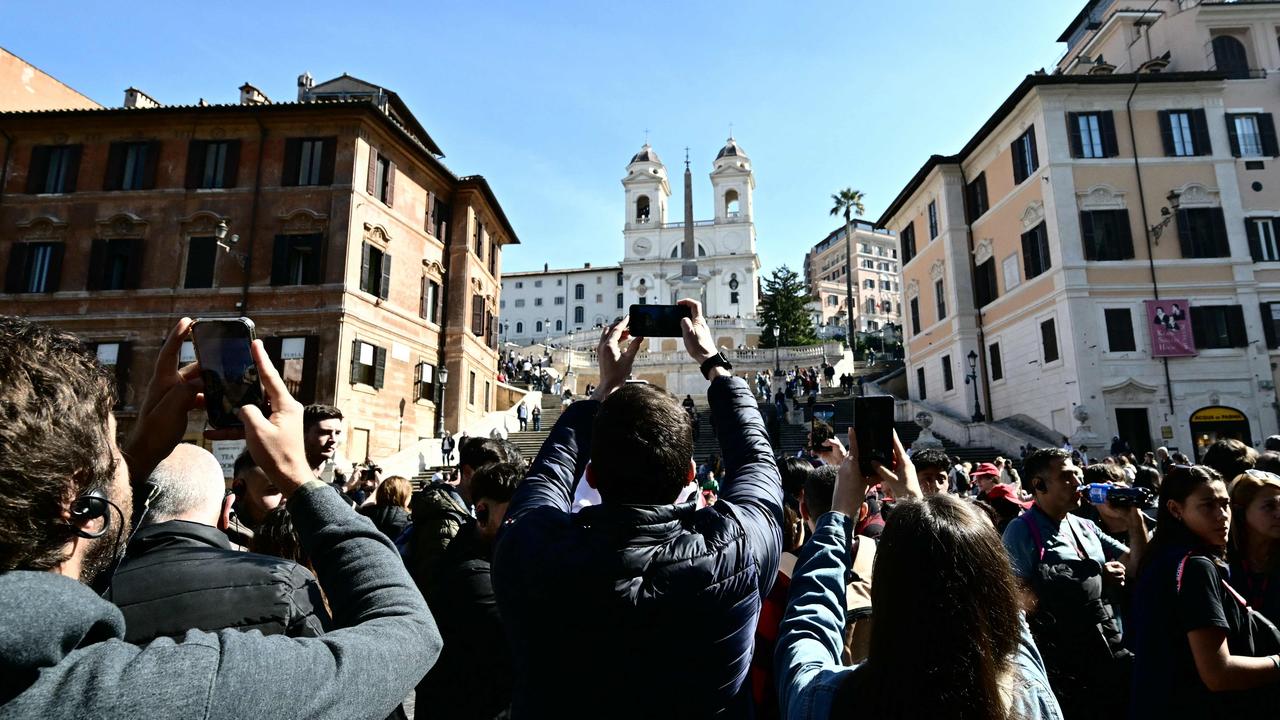
Mass tourism is not only influencing when we travel, but where we travel
In Italy, Mr Attanasio said Aussies were expanding their travels outside traditional hot spots and heading to regions like Umbria, Puglia, Sardinia, Sicily and Emilia Romagna.
“I think Australians that have previously visited Italy have realised that there is so much more to experience other than the popular destinations such as Venice, Rome and Florence,” he said.
He added that “undiscovered gems” were also becoming more popular due to the film industry.
“Australians are discovering destinations such as Matera – which is the second oldest city in the world – thanks to the latest James Bond movie or other destinations on the Amalfi Coast such as Atrani thanks to the Netflix series Ripley,” he said.
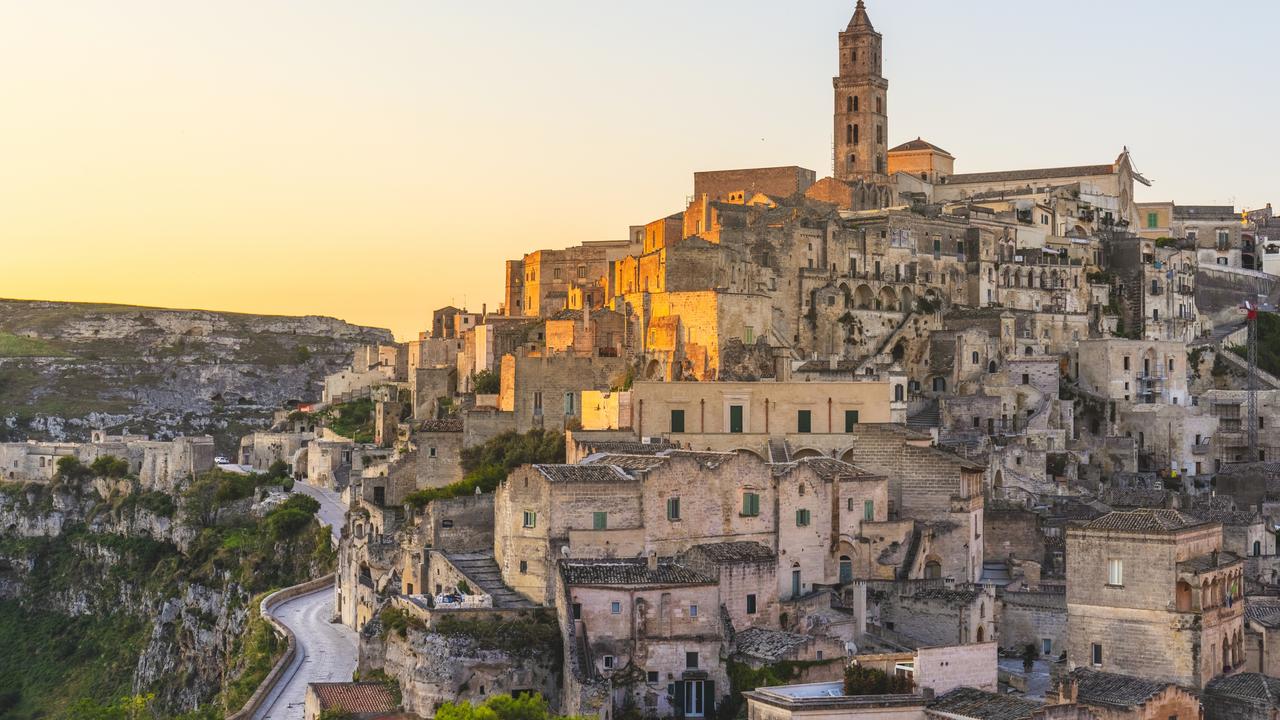
Mr Mitchell said Intrepid was seeing its customers wanting to share their experiences more across a destination by heading to lesser known spots and this was encouraged to help combat the negative effects of mass tourism.
He said they were also slowing down their travel and spending more time in a destination rather than jumping around every few days.
“People are just taking their time in their travels and that means they can afford to go to more regional areas in some cases,” he explained.
He added: “The customers we’re seeing are more curious than ever before and travellers are more active than ever before.”
Mr Mitchell encouraged people to be conscious of how they were spending their money while travelling and to try and stay in locally owned accommodation.
Intrepid takes about 300,000 people on about 1000 trips a year, mostly in small groups, to more than 120 countries.
The focus of the tours is local experiences with groups travelling with a local leader, using local transport, staying in local accommodation, and eating local food.




